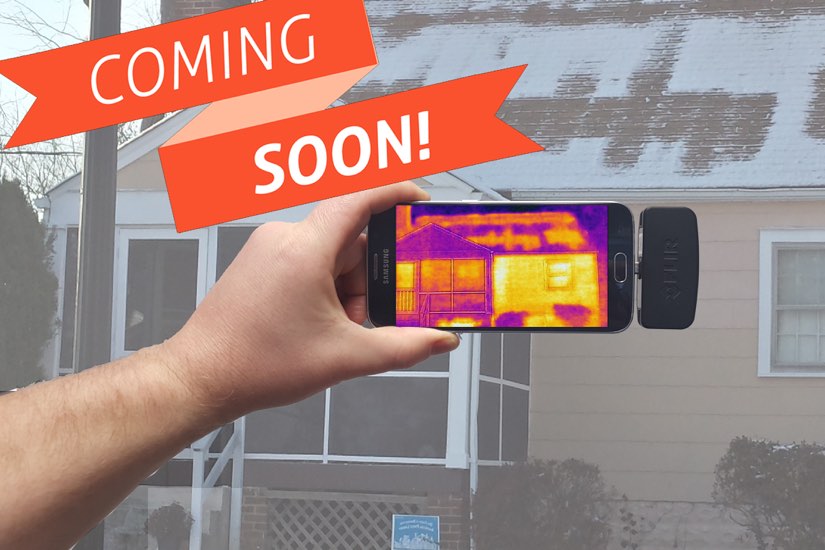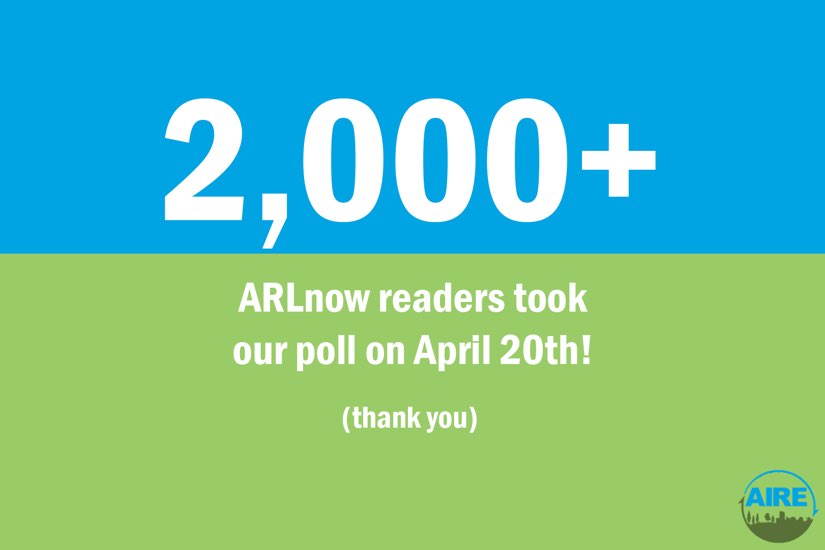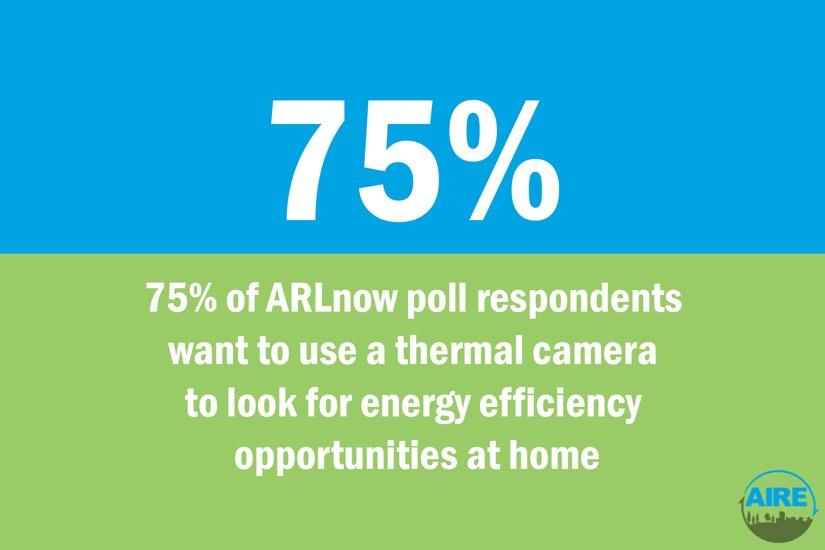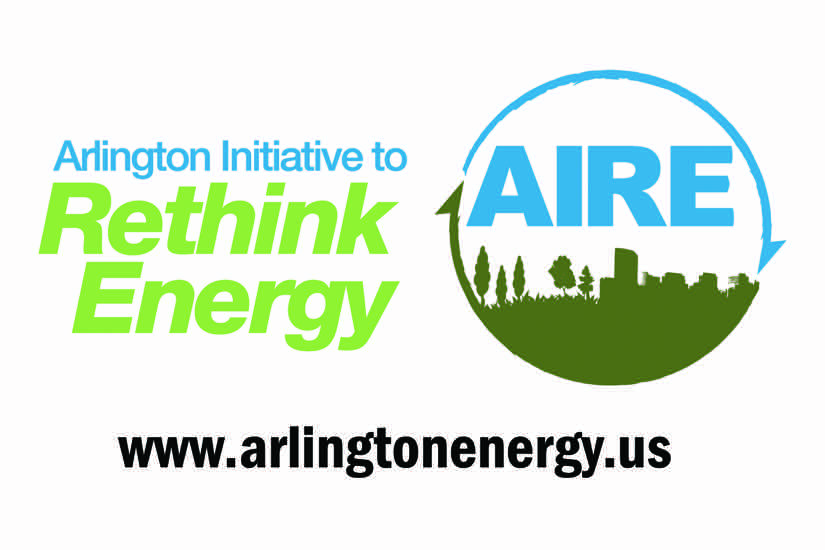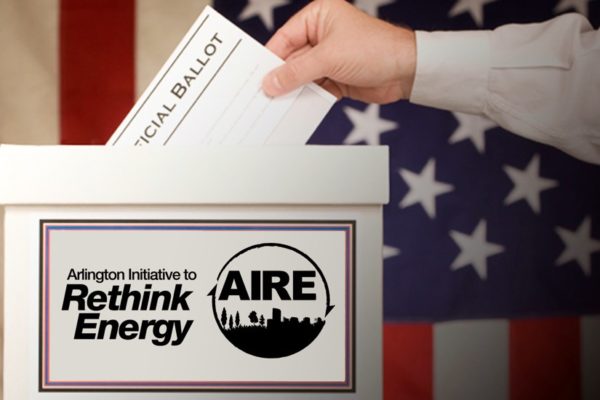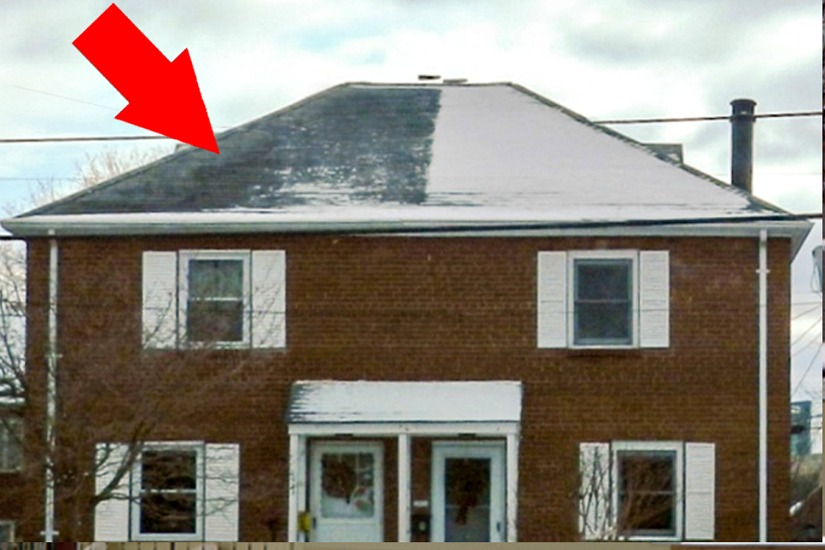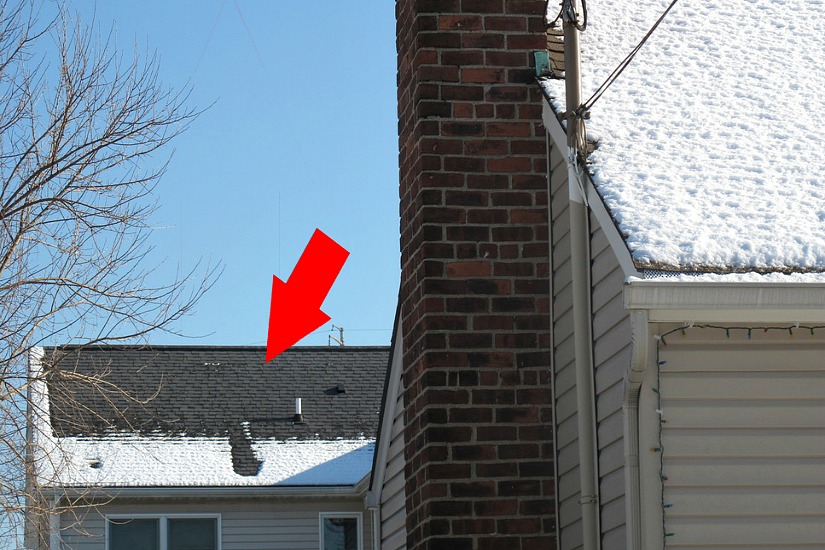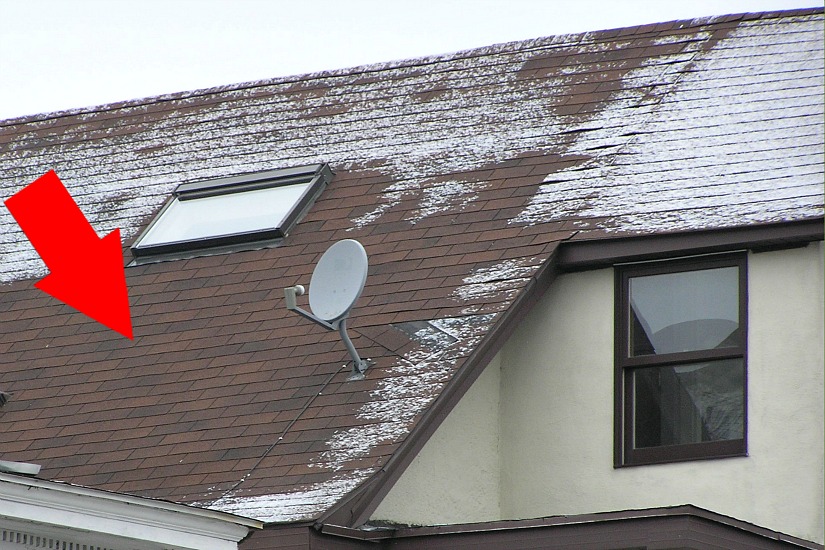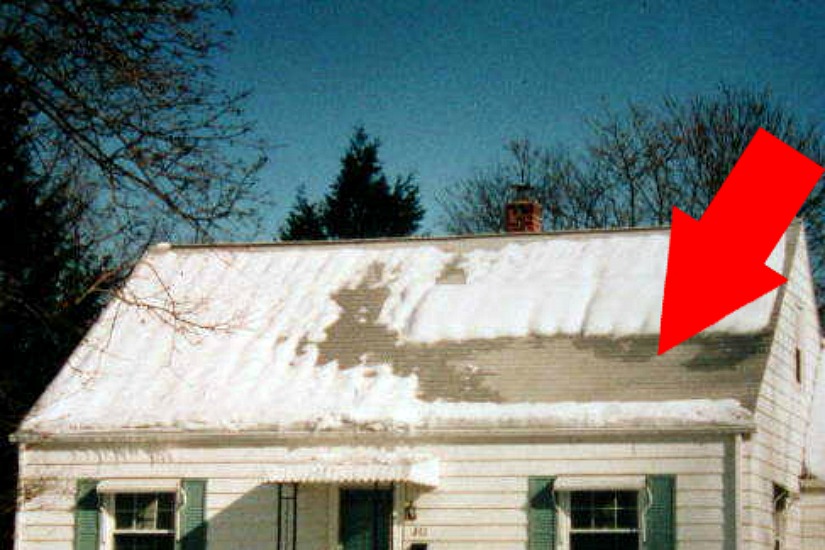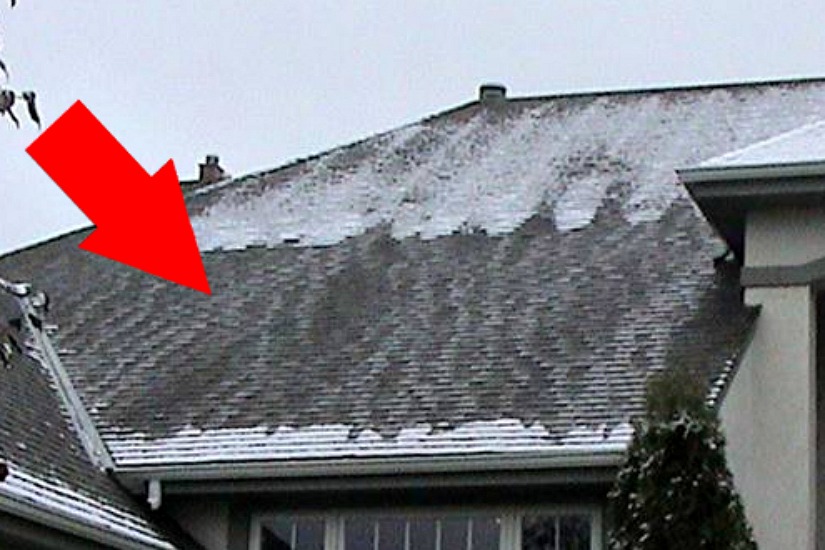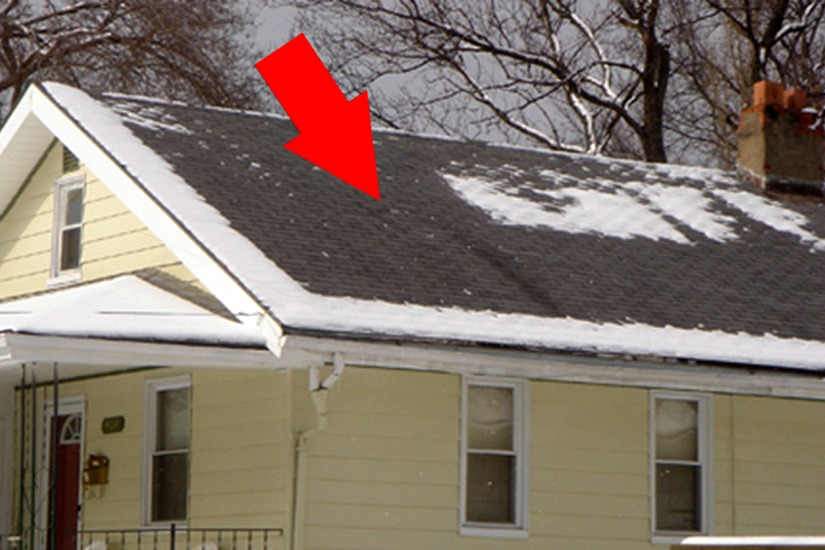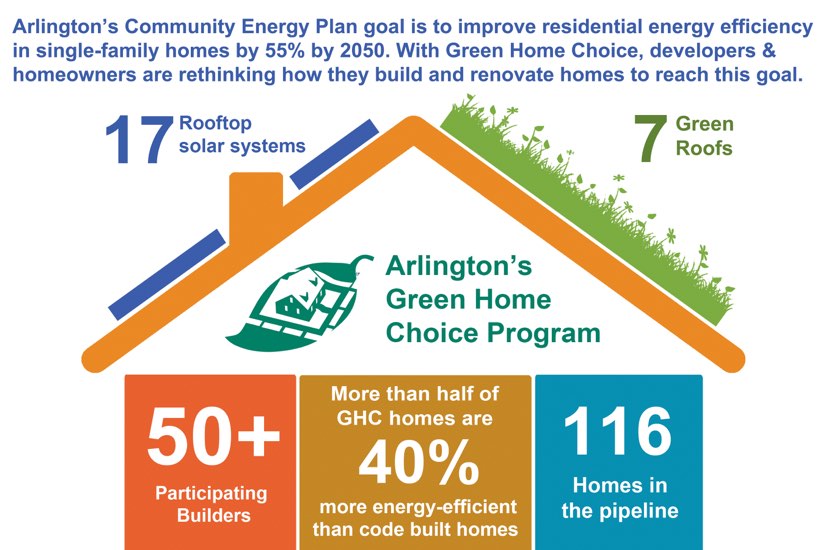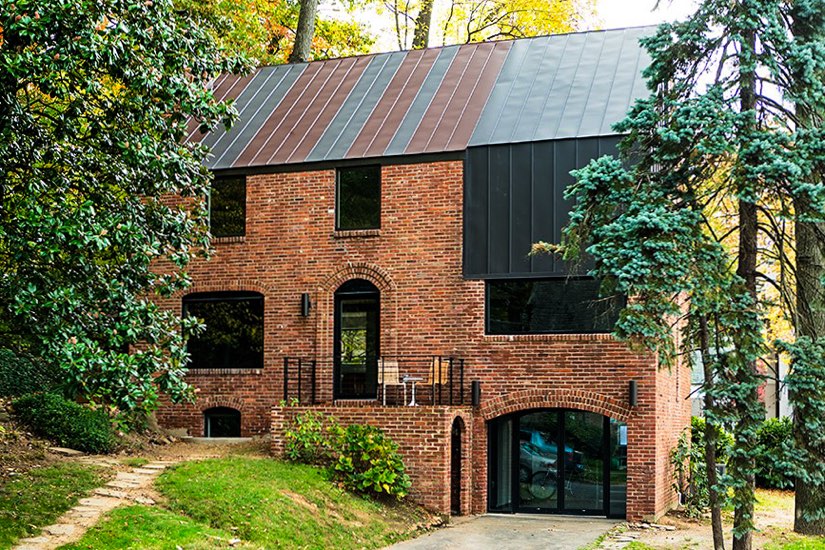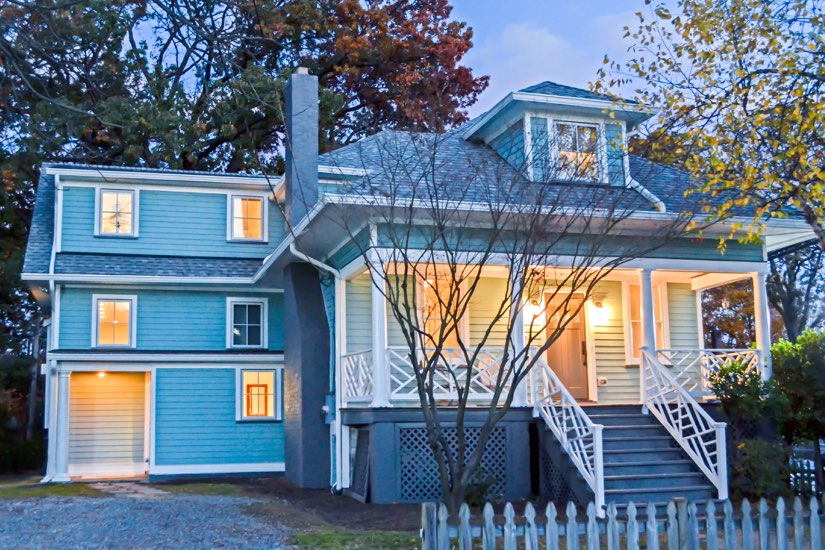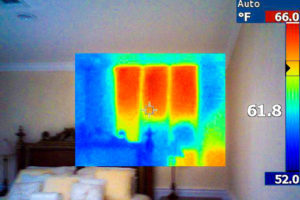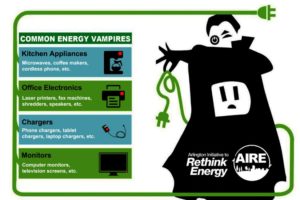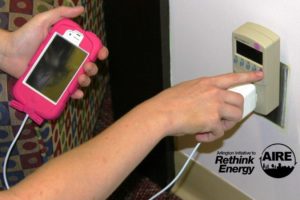This regularly-scheduled sponsored Q&A column is written by the Arlington Initiative to Rethink Energy team (AIRE). This county program helps you make smart energy decisions that save you money and leaves a lighter footprint on the environment. Got a question? Email us at [email protected]!
2,000+ ARLnow readers cast votes in our last post – Make Energy Great Again. Thanks for making Arlington great with such yuuge voter turnout.
We heard you! We’re pleased to announce that we will make eight thermal cameras available to residents. These cameras help find opportunities for energy efficiency at home like air leaks and missing insulation. We’ll post more on this as we get closer to the release. If you would like to be notified when the cameras are available, please sign up in this link for our Rethink Energy newsletter where we’ll be sharing more details.
Moving on, it snowed a little yesterday but next week spring gives winter the boot. We’ve heard rumors of 70 degree days next week. Here are a few tips and reminders as we move into the new season.
Get paid by Dominion Power by signing up for their Smart Cooling Rewards. This program cycles your AC unit off on peak demand days for limited periods. This helps reduce the strain on our overall electricity grid. Dominion will give you a $40 bill credit each year for participating. For more info, visit: http://bit.ly/smartcooling
Get your HVAC tuned up before the summer heat arrives. Making sure that your cooling equipment is running with the right amount of coolant. Without enough coolant in your air conditioning system it works harder (uses more energy) to do the same amount of work. It doesn’t hurt to change your air filter while you’re at it.
Connect and sign up for our semi-monthly newsletter. It includes news, tips, and occasional giveaways. Sign up here!


